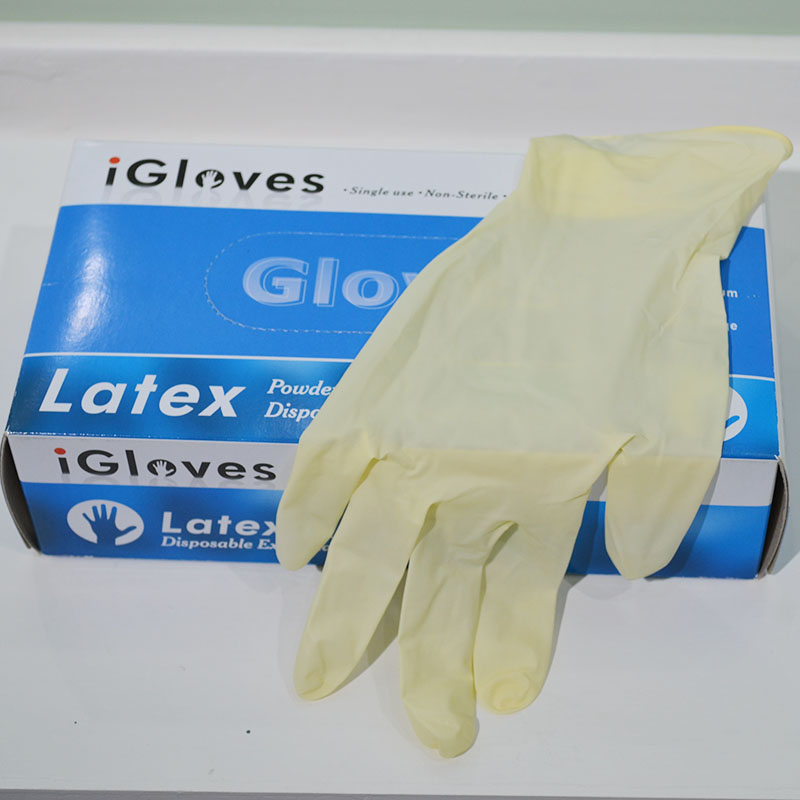Call Us: +8618816802430/+8618816800624/+8618816802041
Views: 18 Author: Pidegree Publish Time: 06-13-2018 Origin: Site

What is the cause of latex allergy?
Latex allergies are caused by latex proteins contained in natural latex. Latex allergies can occur in two ways - either by direct contact with latex gloves or by inhalation of latex particles. The amount of latex in the air in the glove depends on the brand of glove used.
How common is latex allergy?
Only 2% of the population experience latex allergy symptoms. Those who often come into contact with latex seem to be at the greatest risk. Food allergies with other sensitivities are also more likely to respond to latex. Newer gloves are less likely to cause workers to become allergic, as manufacturers are increasingly successful in leaching gloves, including washing them after manufacturing to reduce the amount of residual protein.
What is the type or symptom of latex allergy?
Glove use leads to 3 major reaction types. These are as follows:
1) Immediate Type I hypersensitivity
This type of allergic reaction is caused by proteins found in natural rubber gloves (most commonly latex). If someone is allergic to natural rubber protein, the reaction occurs within 30 minutes of contact with the glove. It can be manifested as rhinitis with symptoms of hay fever, conjunctivitis (red eye), sputum, urticaria, and severe itching. This is rare, but the symptoms may progress, including rapid heartbeat, tremor, chest pain, dyspnea, hypotension, anaphylactic shock, or potential death. People with this allergy cannot touch any type of natural rubber, such as rubber gloves, balloons, tires, rubber shoes and boots. Nitrile or vinyl gloves that are completely free of natural rubber are the best choice for people with this type of allergy.
2) Delayed type IV hypersensitivity
This type of allergic reaction is caused by rubber additives in the gloves. For up to 48 hours after contact with the gloves, a rash may occur on the end user's skin. This leads to the same type of reaction as irritant contact dermatitis (dryness, itching, burning, scaling and skin damage). In general, people who are allergic to these chemicals can only wear vinyl gloves because they do not contain rubber chemicals. This is not a common allergic reaction and there are few people affected.
3) Stimulus
This is the most common reaction that any end user may encounter. It is the most non-threatening type of reaction and is classified as a non-allergic skin reaction. It usually occurs after repeated use of gloves and chemicals exposed to gloves causing dryness, itching, burning, scaling, and injuries. If the glove is not cleaned and properly cleaned after production, leave some extra residue on the glove surface to strengthen it. This is usually a short-term reaction and will disappear if the user takes a break from using the gloves.
How do you treat or prevent latex allergies?
The best treatment is to avoid - try nitrile rubber, synthetic rubber or vinyl gloves. Or try to use powder-free gloves may also reduce the risk.
Email Us: sales@pidegreegroup.com
Add: NO.8 2nd Hezhan Street, Baiyun District, Guangzhou City, Guangdong Province, China.
Add:PT 583(Lot 942),Jalan Harmoni 3,Simpang 3 Ijok,45600 Bestari Jaya, Selangor D.E ,Malaysia.
Mob: +8618816802430/+8618816800624/+8618816802041